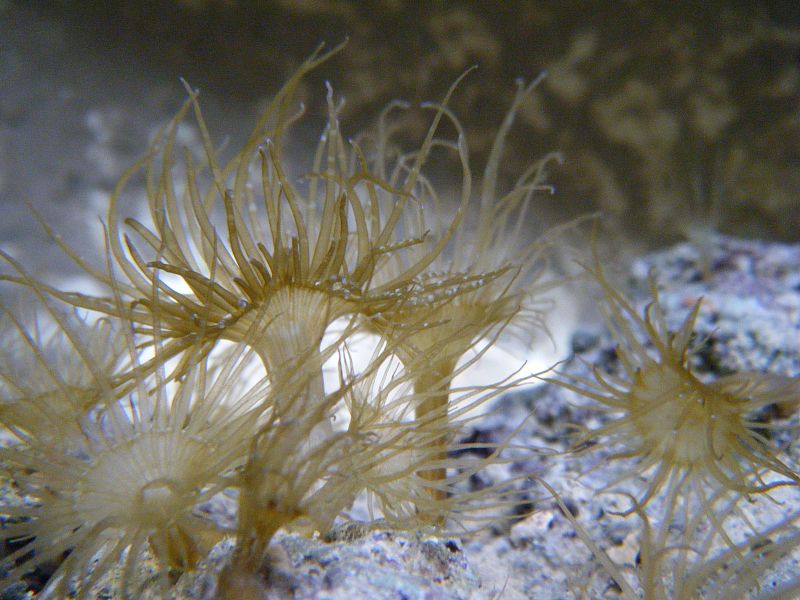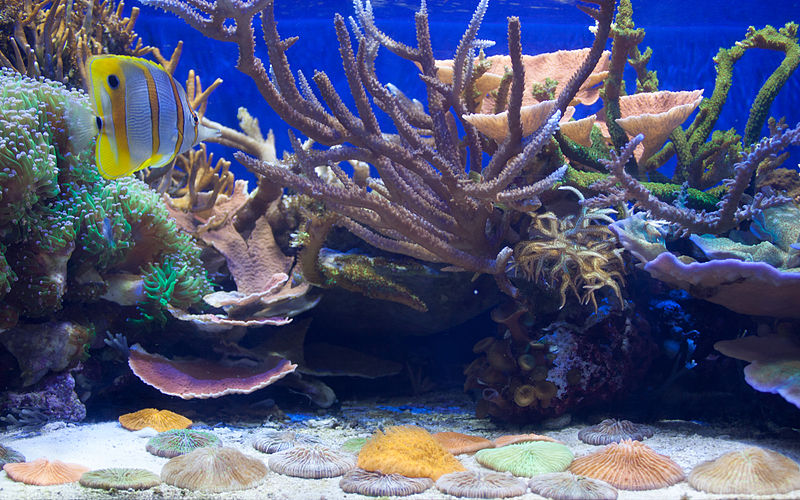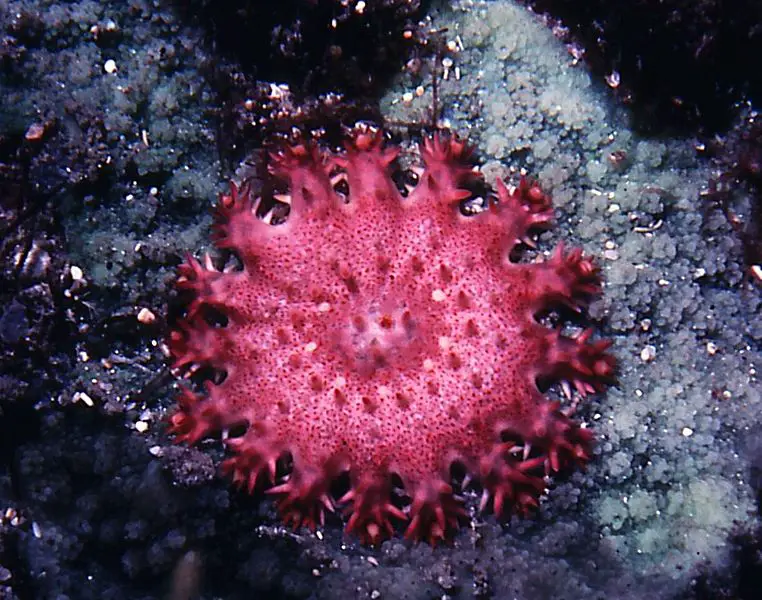Aiptasia and feather dusters are two common marine species that have the tendency to invade saltwater aquarium tanks. While Aiptasia are a species of anemone, feather dusters are a type of marine worm. Both species can have an impact on your tank so it’s important to correctly identify which one is present.
In this article, we will discuss if Aiptasia and feather dusters are beneficial to your reef tank. We will also cover whether feather dusters are a type of coral as well as if they are food for butterfly fish. Lastly, we will take a deep dive into Aiptasia and see what causes it, if it retracts, how to get rid of it, and if it kills coral.
Are Feather Dusters Good in a Reef Tank?
Feather dusters make a beautiful addition to any reef tank and will not harm any of your tank’s inhabitants. They eat plankton and are very adaptable to other creatures. In fact, feather dusters may be more at risk of getting hurt by some of the reef tank inhabitants rather than the other way around.
Feather dusters are good for reef tanks that don’t house species that may eat them. Double check that the other species in your tank do not prey on worms before adding feather dusters to your reef tank.
Are Feather Dusters Coral?
Feather dusters are not coral; they are marine worms. Unlike coral that have stinging nematocyst cells, feather dusters are docile animals. There are certain species of marine worms that are known for their stinging or biting defense mechanisms or hunting strategies, but feather dusters are not aggressive.
The only threat a feather duster poses is to its plankton prey which it filter feeds from the water. The feather dusters are segmented which makes them annelid worms. They are more closely related to an earthworm than any coral species.
Will Butterfly Fish Eat Feather Dusters?
Butterfly fish will eat feather dusters as other worm species are a part of their diet. Copperband and yellow longnose butterfly fish are very common reef fish to keep in an aquarium tank that will eat your feather dusters.
There are other species of fish and invertebrates that are also not compatible with feather dusters because they will consume the decorative worms. Those species include the toby puffer fish, six line wrasse, Melanurus wrasse, angelfish, peppermint shrimp, and arrow crab.
If you want to keep these delicate worms in your reef tank, be sure to avoid adding any species that is known to have annelids as a part of their diet.
Is Aiptasia Good for Reef Tanks?
Aiptasia is a species of anemone that is not good for reef tanks. In fact, they can be very harmful to the coral in your aquarium. They can multiply rapidly, and their tentacles contain a toxin that can hurt the other inhabitants of your reef tank.
If you discover that you have an outbreak of Aiptasia, also known as Rock, Glass, Glass Rose, or Tube anemones, then you should take steps to get rid of it right away before it spreads and causes devastating damage to your reef tank.
What Causes Aiptasia?
Aiptasia are extremely hardy anemones that can grow from a single cell. Tanks that haven’t been properly cleaned, dead coral bits, and poorly maintained water sources can all be causes of Aiptasia. These anemones will hitchhike on any material that suits them to invade and overrun your reef tank.
They are extremely durable and hard to get rid of if your tank becomes infected. Since they can reproduce asexually, it does not take much energy for one single cell to become multiple individual anemones in no time.
To prevent Aiptasia, make sure that none of the decorations or species going into your reef tank have come from a previously infected aquarium. It is also a good idea to check the overflow boxes and sumps of the fish dealer you are buying reef tank species from. Aiptasia tends to flourish here because these places are often the least maintained.
Does Aiptasia Retract?
Aiptasia does retract if you touch its tentacles. Its natural instinct is to protect itself from predators. Not only is the toxin in its tentacles a defense mechanism, but the ability to retract when presented with a tactile stimulus is also a great way to protect itself.
Aiptasia will also tend to establish itself in cracks and hard to reach places to protect itself from any organism that may seek to harm it – including humans. Unlike some anemones, Aiptasia can actually move so they have the advantage of seeking shelter if they find themselves in a place that is too exposed.
How Do I Get Rid of Aiptasia?
There are several ways to get rid of the Aiptasia in your reef tank. You can try to physically remove it, but it is almost guaranteed that you will not be able to get all of it. It only takes one cell to create an outbreak and Aiptasia likes to hide in small spaces.
You can use chemicals to kill Aiptasia. There are many products on the market that will kill Aiptasia. Be sure to check the label for warnings though because these may also be harmful to the coral and other species in your reef tank.
The best way to get rid of Aiptasia is biological. Copperband butterfly fish and peppermint shrimp will effectively feed on Aiptasia and provide your reef tank with species that will add life and color to your aquarium. There are also certain species of nudibranch that will eat Aiptasia, but since these are their only food source, will mostly likely die once the Aiptasia are gone.
Does Aiptasia Kill Coral?
Aiptasia have toxins in their tentacles that can be harmful and even kill coral. Aiptasia are not interested in eating coral nor are they threatened by coral as predators. These pesky anemones will take out coral in order to claim real estate within your reef tank.
If you find Aiptasia in your reef tank, it is best to take them out before they take out your coral.



